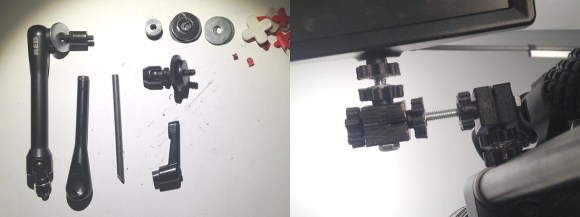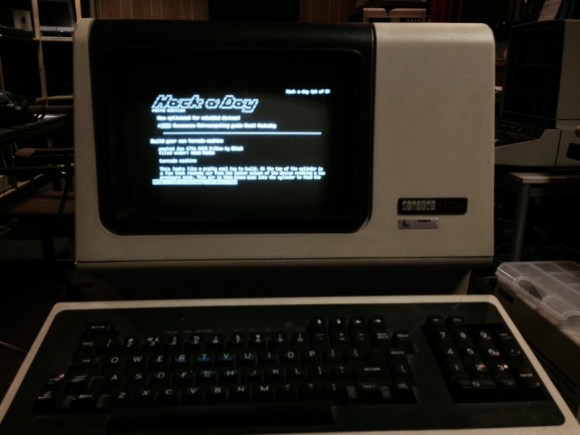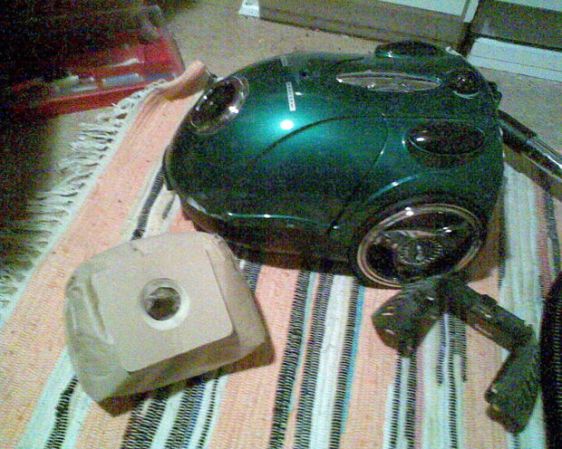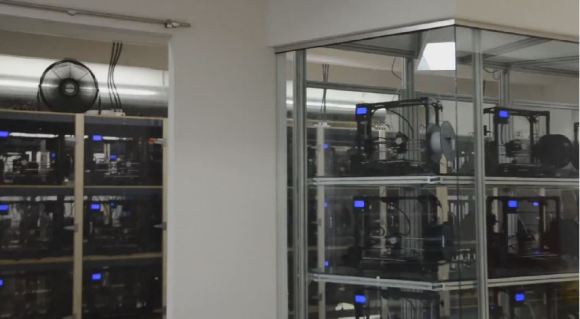
Professional camera equipment is notoriously expensive, so when [Raster’s] LCD camera arm for his RED ONE Digital Cinema Camera broke, he was dismayed to find out a new one would run him back $150! He decide to take matters into his own hands and make this one instead.
The original arm lasted a good 4 years before finally braking — but unfortunately, it’s not very fixable. Luckily, [Raster] has a 3D printer! The beauty with most camera gear is it’s all 1/4-20 nuts and bolts, making DIY accessories very easy to cobble together. He fired up OpenSCAD and started designing various connector blocks for the 1/4-20 hardware to connect to. His first prototype worked but there was lots of room for improvement for the second iteration. He’s continued refining it into a more durable arm seen here. For $7 of material — it’s a pretty slick system!
Between making 3D printed digital camera battery adapters, 3D printed camera mounts for aerial photography, affordable steady-cams, or even a fully 3D printed camera… getting a 3D printer if you’re a photography enthusiast seems to make a lot of sense!

 Our friends over at
Our friends over at 












